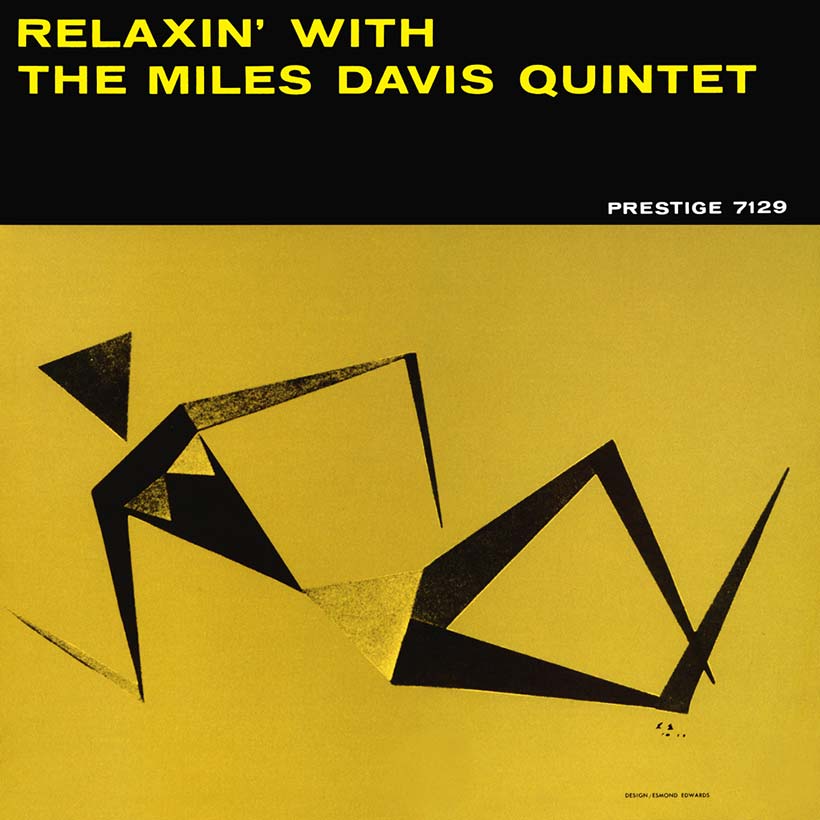
Davis's own 'space music,' shows Stockhausen's influence compositionally." His recordings and performances during this period were described as "space music" by fans, by music critic Leonard Feather, and by Buckmaster who stated: "a lot of mood changes - heavy, dark, intense - definitely space music." Both Bitches Brew and In a Silent Way feature "extended" (more than 20 minutes each) compositions that were never actually "played straight through" by the musicians in the studio. Biographer J.K.Chambers wrote that "The effect of Davis's study of Stockhausen could not be repressed for long. In 1972, Davis was introduced to the music of Karlheinz Stockhausen by young arranger and cellist, and later Grammy award winner, Paul Buckmaster, leading to a period of new creative exploration for Davis. The group's repertoire included material from Bitches Brew, In a Silent Way, the 1960s quintet albums, and an occasional standard. During this period, Davis toured with the "lost quintet" of Shorter, Corea, Holland and DeJohnette. This album and In a Silent Way were among the first fusions of jazz and rock that were commercially successful, building on the groundwork laid by Charles Lloyd, Larry Coryell, and many others who pioneered a genre that would become known simply as "Jazz-rock fusion". Six months later, an even larger group of musicians, including Jack DeJohnette, Airto Moreira and Bennie Maupin recorded the double LP Bitches Brew, which became a huge seller, hitting gold record status (half a million copies) by 1976. After recording this album, Williams left to form his group Lifetime and was replaced by Jack DeJohnette. By this point, Shorter was also doubling on soprano saxophone. Hancock and Joe Zawinul were brought in to assist Corea on electric keyboards, and guitarist John McLaughlin made the first of his many appearances. By the time In a Silent Way had been recorded in February 1969, Davis had augmented his standard quintet with additional players. The musical transition required that Davis and his band adapt to electric instruments in both live performances and the studio. He was at the forefront of almost every major development in jazz from World War II to the 1990s Davis's influences included late 1960s acid rock and funk artists such as Sly and the Family Stone, James Brown and Jimi Hendrix, many of whom he met through Betty Mabry, a young model and songwriter Miles married in 1968 and divorced a year later. Miles Dewey Davis III (– September 28, 1991) is widely considered one of the most influential musicians of the 20th century.

Again, several titles included bonus tracks. These were also based on the one-bit DSD masters. Sony released the first "Super Audio CD" versions of Miles Davis (SRGS 45xx) in mid-1999. The initial releases had paper LP-style sleeves. Several of these titles included bonus material, some of which first appeared on the boxed sets of Miles Davis's recordings that began to appear in the late 1990s.

#MILES DAVIS DISCOGRAPHY T SERIES#
The initial releases were housed in paper LP-style sleeves.Ī subsequent "Master Sound" series (SRCS 97xx), released beginning in mid-2000, incorporated one-bit "Direct Stream Digital" mastering. A few of the titles had bonus material not included in previous releases. The Sony "Master Sound" series (SRCS 91xx and 93xx), released beginning in early 1997, used 20-bit masters incorporating Super Bit Mapping. The Sony SRCS 5000 series in the early 1990s reissued most of them again (including several not reissued in the CSCS series). The CBS/Sony CSCS series in the late 1980s reissued most of these recordings. The original CBS/Sony CDs (35DP series) were released in 1983.Īnother series (with 32DP / 50DP catalog numbers) was issued in 1985-1986 this series reissued all of the 35DP titles and added most of the remaining titles from Davis's Columbia years. In the case of most titles, there are by now five or six issued CD versions: The listing for Japanese CDs includes several series. In 1969 CBS/Sony took over and began reissuing the Davis catalog in a more systematic way. Davis's Columbia records began appearing in Japan in the late 1950s on the Nippon Columbia label.


 0 kommentar(er)
0 kommentar(er)
